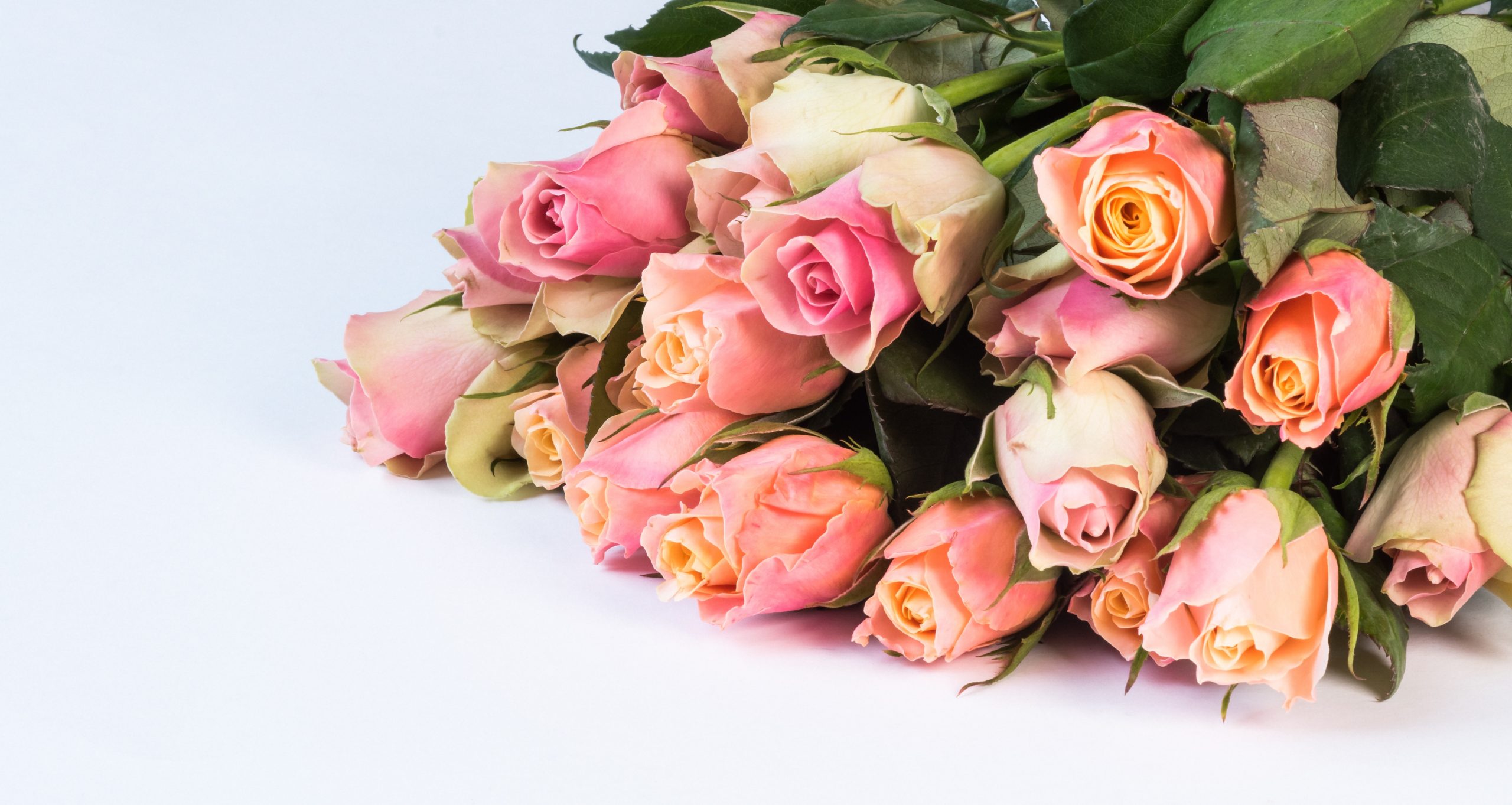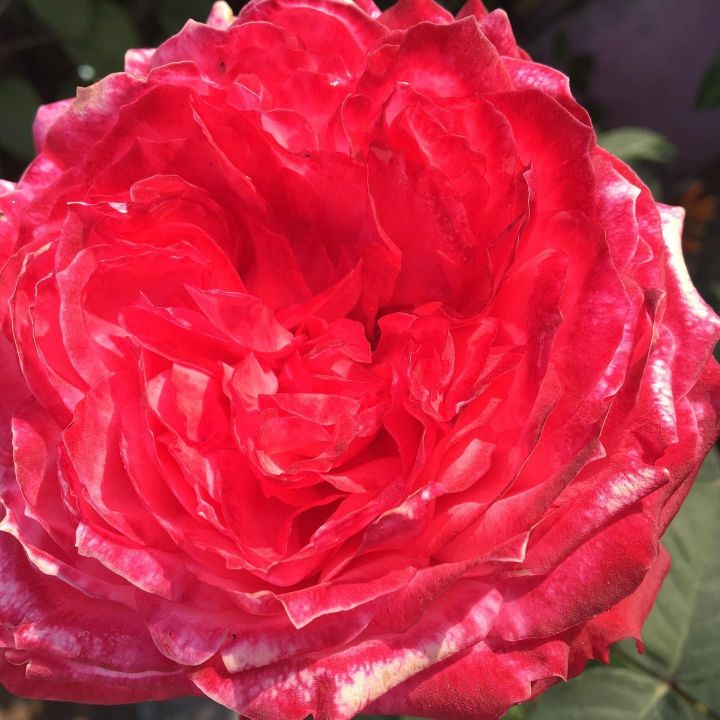“Beauty is an ecstasy, it is as simple as hunger. There is really nothing to be said about it. It is like the perfume of a rose: you can smell it and that is all.”
-W. Somerset Maugham
A rose is a woody perennial of the genus Rosa, within the family Rosaceae. There are over 100 species of roses. They form a group of plants that can be erect shrubs, climbing or trailing with stems that are often armed with sharp prickles. Flowers vary in size and shape and are usually large and showy, in colours ranging from white through yellows and reds. Most species are native to Asia, with smaller numbers native to Europe, North America, and northwest Africa. The species are widely grown for their beauty and often are fragrant. Rose plants range in size from compact, miniature roses, to climbers that can reach seven meters in height. Different species hybridize easily, and this has been used in the development of the wide range of garden roses.
These plants usually bloom in June, but many types will flower from late May through early fall.

Growing Roses
The best method to grow roses is from stem cuttings. But you need to be careful with the thorns. Wear sturdy gloves to protect your hands from prickly thorns.
To start with, take a 12-inch segment of a new stem that has recently bloomed, cut the plant at a 45-degree angle. Remove any flower or flower buds along the cut stem. If you’re taking multiple cuttings, place them in a container of water to keep them hydrated until you’re ready to propagate them.
Now remove all the leaves except the ones at the top. Dip the end of the rose cuttings into a rooting hormone to grow the roots faster. Make sure the base of the rose cutting is damp before dipping it into the powder. Gently tap off any excess powder.
Pick a sunny spot to plant your rose cuttings.
Gently push the cutting down several inches into the soil, or half the length of the cutting. Once the cutting is in place, pat down the soil around the stem.
The most important thing for successful rose cuttings is that they remain moist. Water them frequently, several times a day if the weather is warm, and this will help the roots flourish.
Plant Care
- Plant roses where they will receive a minimum of 6 hours of sun per day. Morning sun is especially important because it dries the leaves, which helps prevent diseases. Roses grown in partial sun may not die at once, but they weaken gradually, producing subpar blooms and overwintering poorly.
- Roses need a soil that drains well but holds onto moisture long enough for the roots to absorb some. One of the worst mistakes you can make is to not provide adequate drainage. Roses do not like wet, cold feet.
- Roses like loose, loamy soil leaning more toward sandy. Too much clay and the roots can become waterlogged.
- Roses prefer a slightly acidic soil pH between 5.5 and 7.0. A pH of 6.5 is just about right for most home gardens.
- Add a 2-3-inch layer of coarse, organic mulch around roses.
- Roses need regular pruning.


Uses
Roses are best known as ornamental plants, grown for their flowers in the garden and sometimes indoors. They have been also used for commercial perfumery and commercial cut flower crops. They also have minor medicinal uses.
Roses are a popular crop for both domestic and commercial cut flowers. Generally they are harvested and cut when in bud, and held in refrigerated conditions until ready for display at their point of sale.
Rose perfumes are made from attar of roses or rose oil, which is a mixture of volatile essential oils obtained by steam distilling the crushed petals of roses. An associated product is rose water which is used for cooking, cosmetics, medicine and in religious practices. The oil is transparent pale yellow or yellow-grey in colour.
Rose hips are occasionally made into jam, jelly, marmalade, and soup or are brewed for tea, primarily for their high vitamin C content. They are also pressed and filtered to make rose hip syrup. Rose hips are also used to produce Rosehip seed oil, which is used in skin products and some makeup products.



Im obliged for the post. Keep writing.